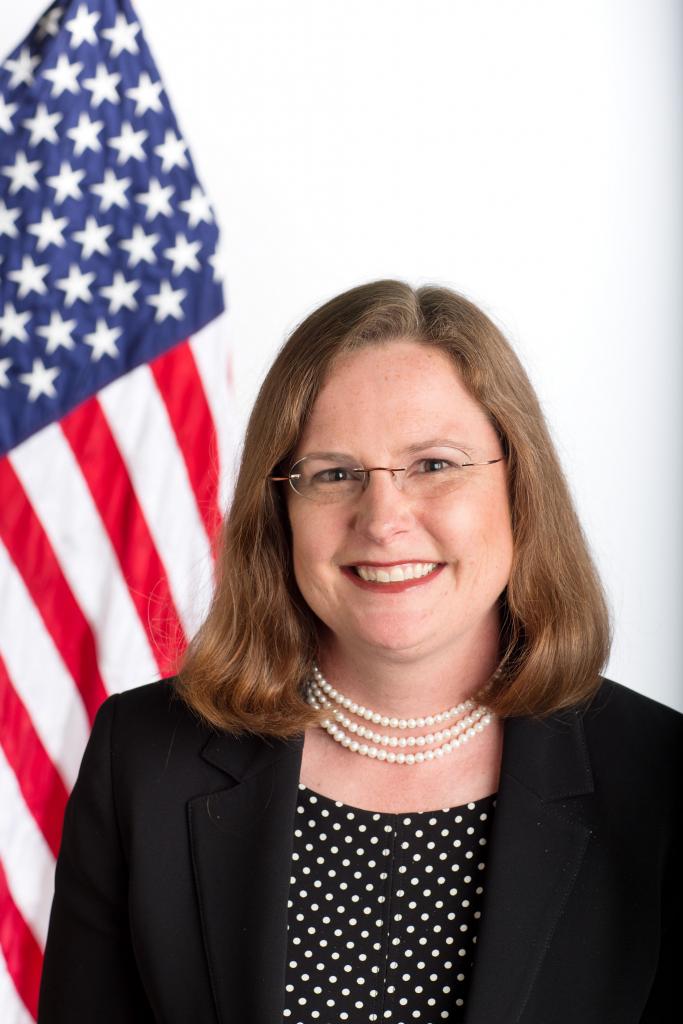Nuclear Energy, Climate Change and Security Threats
In the middle of the last century, Dr. Murdock Head, a George Washington University professor, acquired an old manor house and farm known as Airlie outside the nation’s capital. Dr. Head wanted to create a place where experts and organizations could meet in a neutral environment to analyze the pressing issues of the day.
Published by The Lawfare Institute
in Cooperation With

In the middle of the last century, Dr. Murdock Head, a George Washington University professor, acquired an old manor house and farm known as Airlie outside the nation’s capital. Dr. Head wanted to create a place where experts and organizations could meet in a neutral environment to analyze the pressing issues of the day. Within a few years, Life magazine dubbed the Airlie Conference Center “an island of thought!” Over time, Airlie proved fertile ground for launching bold initiatives. In 1969, Senator Gaylord Nelson gathered a group of law and medical students at Airlie to shape his concept for an Earth Day. A dozen years later, doctors from around the world met at Airlie for the convening of the first Congress of International Physicians for the Prevention of Nuclear War.
Last week, another group of experts gathered at Airlie, bringing together strands of work begun decades earlier. The two-dozen experts in attendance at the inaugural meeting of the Working Group on Climate, Nuclear and Security Affairs, hosted by the Center for Climate and Security, sought to examine the intersection of three threats that have long been viewed as separate—climate change, nuclear proliferation, and international conflict. In doing so, they confronted the unpleasant prospect that those threats not only had intensified over time, but also had become increasingly entwined and difficult to keep in check.
Collectively these experts had garnered at least two centuries’ worth of national security experience. They came from defense, homeland security, journalism, think tank, academic, and NGO backgrounds, and all of them had spent years working on nuclear or climate issues, or both. Over the course of two days, it became clear that examining nuclear and climate issues together through the lens of new security issues—such as technological advances, unprecedented migration, continually evolving terrorist threats and an emboldened Russia—reveals the world order faces a deeply destabilizing toxic brew of risk.
The nuclear threat is not new. What has changed is the nature of the nuclear threat in the face of monumental security stressors and a rapidly increasing global average temperature that threatens to reach 3.5 degrees Centigrade (6.3 degrees Fahrenheit) or more if we continue on our current trajectory in spewing carbon. As the world heats up, emerging security trends—including unprecedented migration, cyber threats, proliferation of non-state actors, and global pandemics—compound the stresses on systems of governance. When countries turn to nuclear energy in an effort to reduce consumption of fossil fuels, concerns about nuclear weapons proliferation and nuclear disasters such as Chernobyl increase.
In line with the Paris Climate Accord, China aims to build six to eight new reactors per year through 2020 to become the top nuclear energy producer by 2030. It also plans on becoming a major supplier of nuclear technology to other countries. Saudi Arabia is planning on building sixteen new nuclear power reactors in the next twenty-five years. Jordan, India, and Bangladesh have also embarked on efforts to pursue more nuclear energy. India has justified its long-standing goal to pursue fast breeder reactors as an element of satisfying its Paris commitments. Fast-breeder reactors raise concerns for the presence of weapons-usable materials, and Pakistani officials have already called out India’s proposed course a potential threat to regional security.
On the other hand, countries could contain the spread of nuclear weapons by discouraging the spread of enrichment and reprocessing facilities. Historically, the United States has been at the forefront of developing global norms surrounding the control of nuclear technologies to address proliferation, security, and safety concerns. Thanks to our high-quality technologies and the strong nonproliferation conditions we have attached to them, countries wishing to pursue peaceful, safe and secure nuclear energy programs turned to U.S. suppliers in the past. In recent years, however, Russian, Chinese, and, to a certain degree, French and Korean companies have gained a competitive edge against the U.S. by offering lower prices, state financing, and inclusive management of spent fuel. Unless the United States develops attractive, advanced (smaller, cheaper, safer) reactor technologies or the ability to accept spent fuel from U.S.-provided reactors, the United States will have a muted voice in setting proliferation, security, and safety norms.
As the demand for nuclear power grows, so do the risks posed by climate change to nuclear power generation itself. According to the International Atomic Energy Agency (IAEA), climate change impacts “might trigger considerable impact for the nuclear energy sector.” Higher temperatures can lessen output and reduce cooling efficiency. Sea-level rise will increasingly affect power plants located along the coasts. Extreme weather events may lead to damage to emergency equipment, spent fuel storage, and other installations. Longer bouts of extreme heat can significantly increase the temperature of the water in rivers and lakes that are used to cool nuclear power plants. This could mean that power plants shut down just as the demand for electricity to run air conditioners is at its highest, which occurred in 2012 in Waterford, Connecticut, or that regulators could be forced to grant waivers to allow the discharge of waters above the prescribed temperatures limits, as occurred in France in 2003.
Meanwhile, climate change impacts such as the devastating drought in Syria have contributed to mass refugee flows that stress local governing authorities and add accelerant to already tense political conditions. Climate change can also increase competition for scarce resources, like access to fresh water. The possible responses to such resource conflicts may be nuclear. On the positive side, nuclear-powered desalination plants may help offset the decline in available fresh water. On the other hand, in a recent piece in the Bulletin of the Atomic Scientist, nuclear expert Zia Mian quoted a 2011 editorial in a leading Pakistani newspaper that warned, “Pakistan should convey to India that a war is possible on the issue of water and this time the war will be a nuclear one.”
As part of its analysis of the issues last week, the Working Group on Climate, Nuclear and Security Affairs worked to develop a framework to better understand the intersection and intertwining of climate, nuclear, and security issues. It quickly became clear that the central challenge of such a framework was to formulate ways to keep the catastrophic threats of unbridled climate change and global nuclear war at bay while still accounting for the demand for increased global energy access. As one participant said about the first recognition of the risks of climate change, there is always an “aha” moment when the nature of the risk emerges. The group gathered at Airlie had its collective “aha” moment as to just how complex the world becomes when we consider the analytical links among nuclear energy, climate change, and security threats.




.jpg?sfvrsn=97d38316_5)

